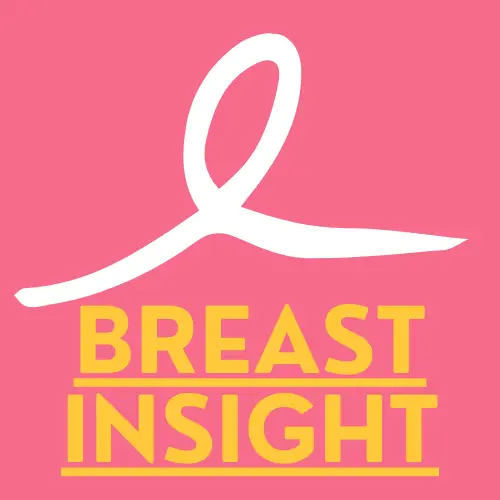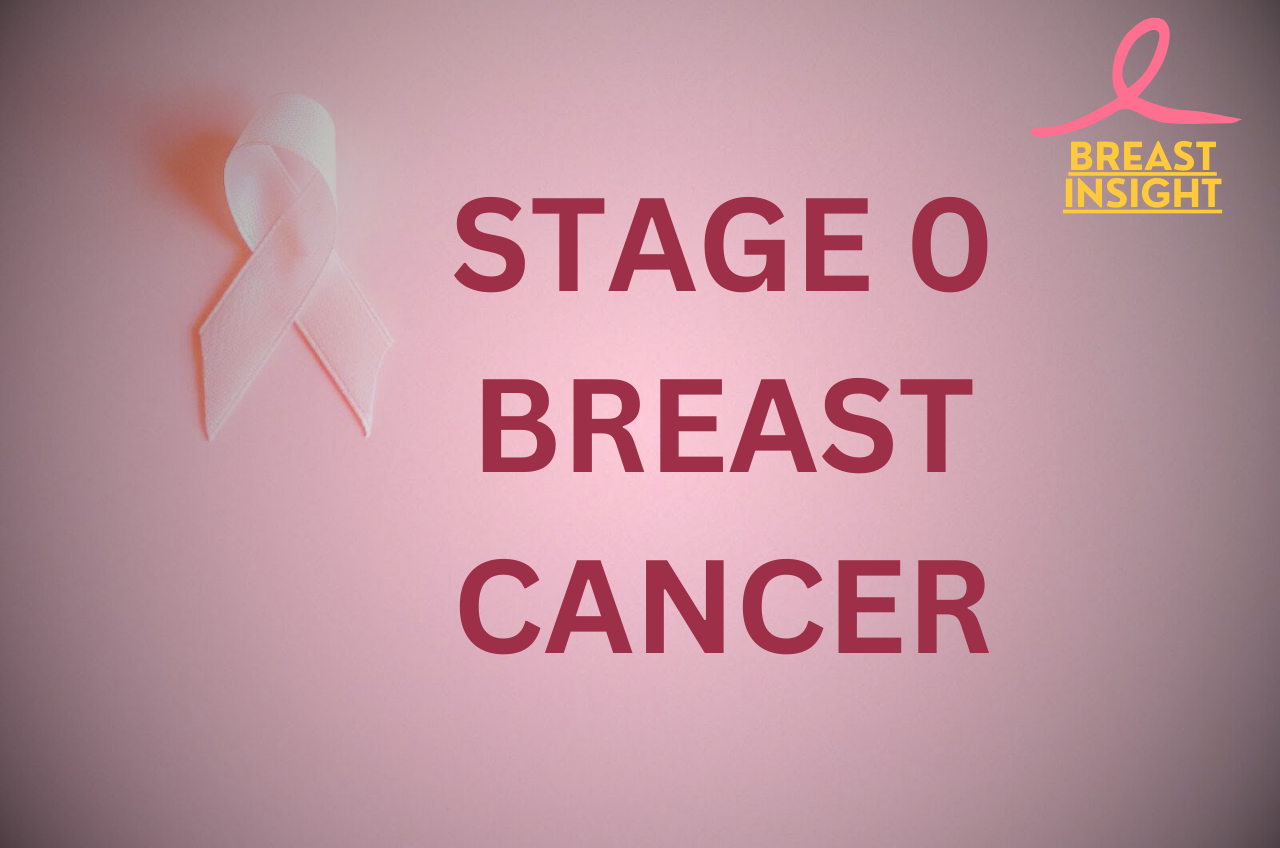Did you know that Stage 0 breast cancers detected early have an impressive survival rate, an astonishing 99%? Often referred to as carcinoma in situ, Stage 0 breast cancers are the earliest form of cancer development, in which abnormal cells are still contained within the ducts or lobules of the breast-not invasive nor harmful.
This diagnosis of Stage 0 breast cancer often comes as a shock to many women during routine mammograms. What does Stage 0 mean? How is it treated? What are the chances that it progresses into something invasive? Understanding the implications of this early-stage diagnosis empowers yourself to make informed choices regarding health and treatment options.
Now, let’s push forward into all that you need to know about stage 0 breast cancer-from the various types, methods of detection, and the choices available for treatment-to its long-term outlook. We simplify the technical jargons and provide plain, practical information that will make you or your loved one breeze through this diagnosis with confidence.

Understanding Stage 0 Breast Cancer
Definition and Medical Terminology
Stage 0 breast cancer, also referred to as non-invasive breast cancer or carcinoma in situ, is the most superficially observable stage of this disease. Here, the abnormal cells remain confined within their established space and do not exhibit anything in the form of tendencies to invade surrounding breast tissue.
Difference between Stage 0 and Other Stages
| Characteristic | Stage 0 | Higher Stages |
| Cell Location | Confined to original site | Spread beyond original site |
| Invasiveness | Non-invasive | Invasive |
| Treatment Complexity | Generally less complex | More complex |
| Prognosis | Excellent (Nearly 100%) | Varies by stage |
Common Names and Classifications
Stage 0 breast cancer comes in two primary forms:
Ductal Carcinoma In Situ (DCIS)
- Most common type
- Confined to milk ducts
- Highly treatable
Lobular Carcinoma In Situ (LCIS)
- Found in milk-producing glands
- Often considered a risk factor rather than true cancer
- Requires monitoring
The word “in situ” literally means “in its original place,” meaning that, in a sense, the essence of stage 0 breast cancer is contained. Indeed, such an early diagnosis typically comes from routine mammogram examinations and usually arises long before any symptoms are manifested upon physical examination. Understanding the non-invasive stage 0 breast cancer is important in making treatment recommendations and an overall prognosis. Interestingly, early detection plays a similar role in addressing rare conditions like male breast cancer, which, though less common, is a real concern for many. Explore this complete guide to male breast cancer to learn more about its risks, symptoms, and available treatments. Now, let’s discuss some different ways this earliest form of cancer is diagnosed.
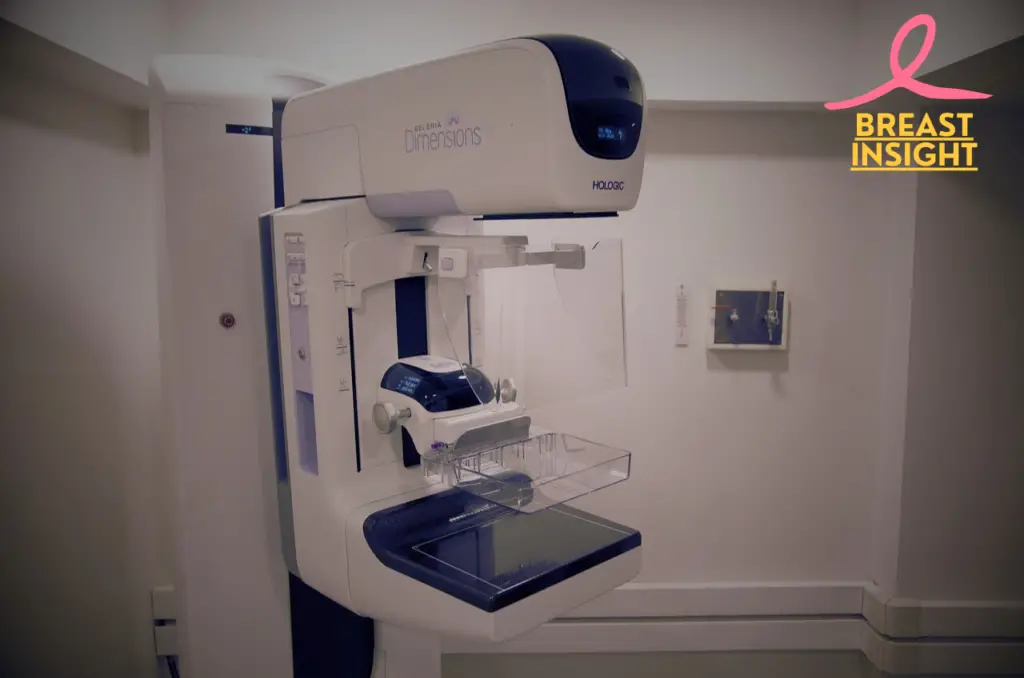
Detection Methods
Mammogram Screening Process
A mammogram is the best tool for detection of stage 0 breast cancer and is very proficient in catching abnormalities before they become palpable. When screening:
- Standard two-view images (Top-to-bottom and side views)
- Additional compression views if needed
- Digital technology for sharpened accuracy
- High-resolution 3D mammography, also known as tomosynthesis
Clinical Breast Examination
Health care providers conduct thorough physical examinations to search for abnormalities:
- A proper breast tissue examination
- Assessment of lymph nodes
- Documentation of any change in skin
- Evaluation of nipple discharge
Biopsy Techniques
| Biopsy Type | Description | Best Used For |
| Fine-needle | Thin needle extraction | Small, suspicious areas |
| Core-needle | Larger tissue sample | Definitive diagnosis |
| Stereotactic | Image-guided | Precisions sampling |
| Surgical | Complete removal | Comprehensive analysis |
Diagnostic Imaging Tests
Additional imaging methods complement mammogram findings:
- Breast Ultrasound for dense tissue examination
- MRI for high-risk patients
- Contrast-enhanced mammography
- Imaging in nuclear medicine for specific conditions
These methods of detection work efficiently to ensure the proper diagnosis of stage 0 breast cancer. Screening activities carried out using these methods significantly raise the chances of early detection. With correct reports, doctors are able to specifically identify which type of stage 0 breast cancer is present.
Early detection and timely diagnosis are crucial for effective treatment, and they also play a pivotal role in addressing the physical and emotional impacts of breast cancer. For instance, many survivors face questions about their personal relationships post-treatment. Explore solutions for sexual life after breast cancer to better understand how to navigate intimacy and improve quality of life.
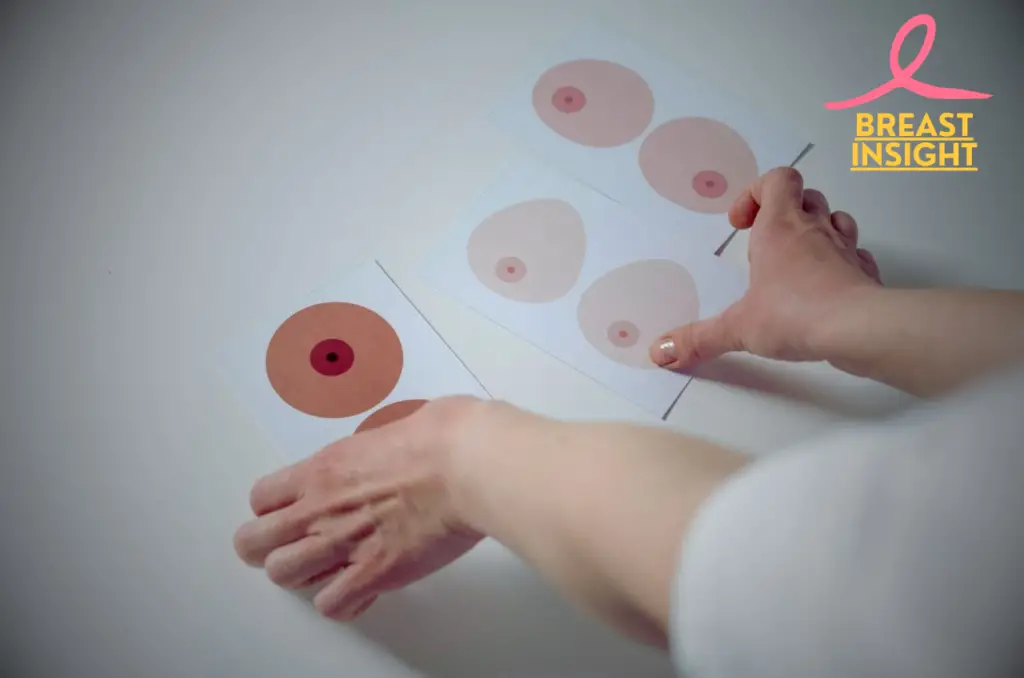
Types of Stage 0 Breast Cancer
Ductal carcinoma in situ (DCIS)
DCIS is the most common type of stage 0 breast cancer, characterized by abnormal cells confined within the milk ducts. Unlike invasive cancers, these cells haven’t spread beyond the duct walls into surrounding breast tissue.
Lobular Carcinoma in Situ (LCIS)
LCIS is caused by the abnormal growth of cells in milk-producing glands or lobules. Though not classified as cancer, LCIS is considered a promoter for invasive breast carcinoma by many.
Paget’s disease of the Nipple
A rare variant of stage 0 breast cancer, this condition affects the nipple and areola, presenting with distinct symptoms affecting the skin.
The defining characteristics of each category:
| Type | Location | Risk Level | Common Detection Method |
| DCIS | Milk ducts | Higher risk | Mammogram |
| LCIS | Lobules | Moderate risk | Biopsy |
| Paget’s | Nipple/areola | Variable risk | Physical exam |
Key differences:
- DCIS requires immediate treatment as it can progress to invasive cancer
- LCIS usually calls for observation rather than immediate action.
- Paget’s disease often is associated with underlying DCIS or invasive cancer.
Each type presents unique challenges and requires different approaches to management. Now that we have understood the different types of stage 0 breast cancer, let’s look at the factors of risk and prevention that may help you avoid these cancers.
Breaking risky habits, such as poor lifestyle choices, is an essential step toward prevention. Learn about the risky habits you need to break to reduce the risk of breast cancer and take actionable steps for a healthier future.
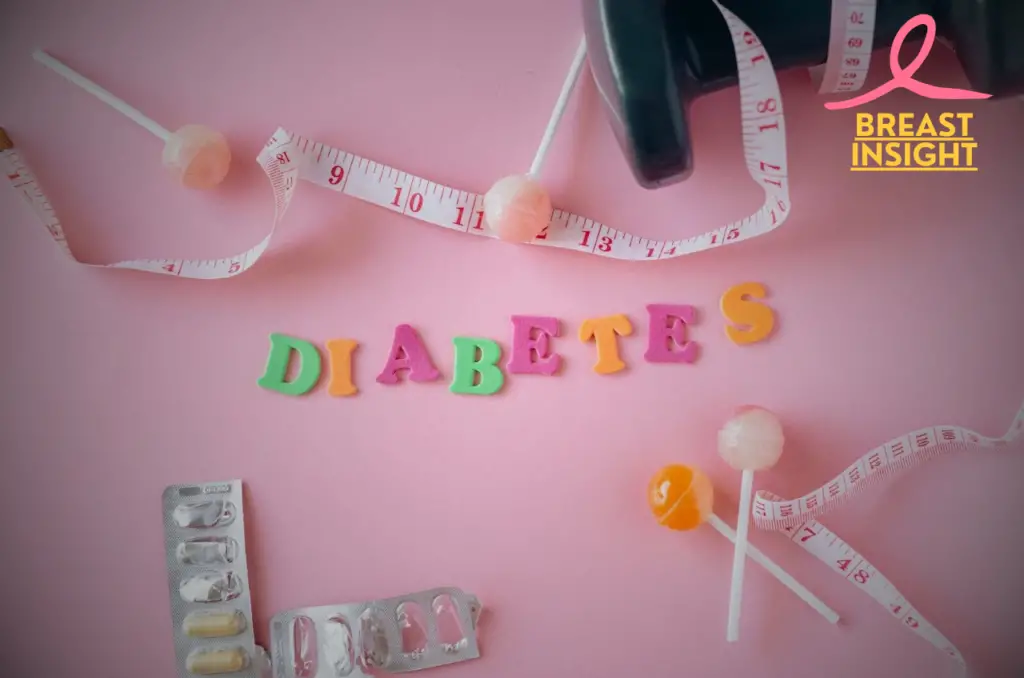
Risk Factors and Prevention
Genetic Predisposition
- BRCA1 and BRCA2 gene mutations increase risk by 45-65%
- A history of breast cancer in a first-degree relative
- Other inherited genetic syndromes include Li-Fraumeni syndrome
Lifestyle Factors
| Risk Factor | Impact Level | Modifiable |
| Obesity | High | Yes |
| Alcohol consumption | Moderate | Yes |
| Smoking | Moderate | Yes |
| Physical inactivity | High | Yes |
| Hormone replacement therapy | Moderate | Yes |
Preventive Measures
Routine Examination:
- Annual mammograms from the age of 40
- Clinical breast exams every 1-3 years
- Monthly self-breast examinations
Lifestyle Changes:
- Maintain healthy body weight
- Limit alcohol intake to one drink per day
- Exercise at least 150 minutes weekly
- Maintain a balanced and healthy diet
Preventive Medications:
- Selective estrogen receptor modulators
- Aromatase inhibitors for high risk patients
- Prophylactic surgery for genetic mutation carriers
Being aware of these risk factors can lead to early detection and a prevention of stage 0 breast cancers. While some risk factors, such as genetics, cannot be changed, but lifestyle can be modified in many ways to significantly reduce your chances. Routine screening is the best tool for early detection, thus leading to better treatment and a greater chance for survival. To better understand how stage 0 breast cancer fits into the broader picture of breast cancer stages; explore the stages of breast cancer every woman should know for a deeper insight into progression and treatment options. So let’s discuss the many treatments available to those individuals diagnosed with stage 0 breast cancer.

Treatment Options
Surgical Alternatives
The main treatment of stage 0 breast cancer commonly includes surgery. Patients have the options of either:
- Breast-conserving surgery (lumpectomy)
- Simple mastectomy
- Nipple-sparing mastectomy
| Surgery Type | Description | Recovery Time |
| Lumpectomy | Removes tumor and small margin of healthy tissue | 2-4 weeks |
| Simple Mastectomy | Removes entire breast tissue | 4-6 weeks |
| Nipple-sparing | Preserves nipple while removing breast tissue | 4-6 weeks |
Radiation Therapy
Radiation therapy is often administered following breast-conserving surgery to remove any remaining cancer cells. Patients are usually treated with:
- Daily treatment for 3-6 weeks
- Targeted radiation to specific breast areas
- Contemporary methods aimed at reducing adverse effects
Hormone therapy
For hormone-receptor-positive DCIS, the doctors might recommend
- Tamoxifen for pre-menopausal women
- Aromatase inhibitors in post-menopausal women
- Treatment duration of 5-10 years
Active Surveillance
Some low-risk cases shall also fall under active surveillance, such as:
- Routine mammograms
- Clinical Breast Examination
- If needed, MRI monitoring
Clinical Trials
Clinical trials present innovative treatment approaches that offer:
- Access to new therapies
- Targeted treatment options
- Opportunity to advance medical research
Understanding the treatment options is a crucial step, but it’s also essential to recognize the significance of early warning signs like breast lumps. If you want to gain clarity on what a breast lump might mean, read this guide on breast lumps to navigate through potential concerns and diagnosis methods confidently.
Now that we’ve explored treatment options, let’s look at what to expect during recovery and follow-up care.
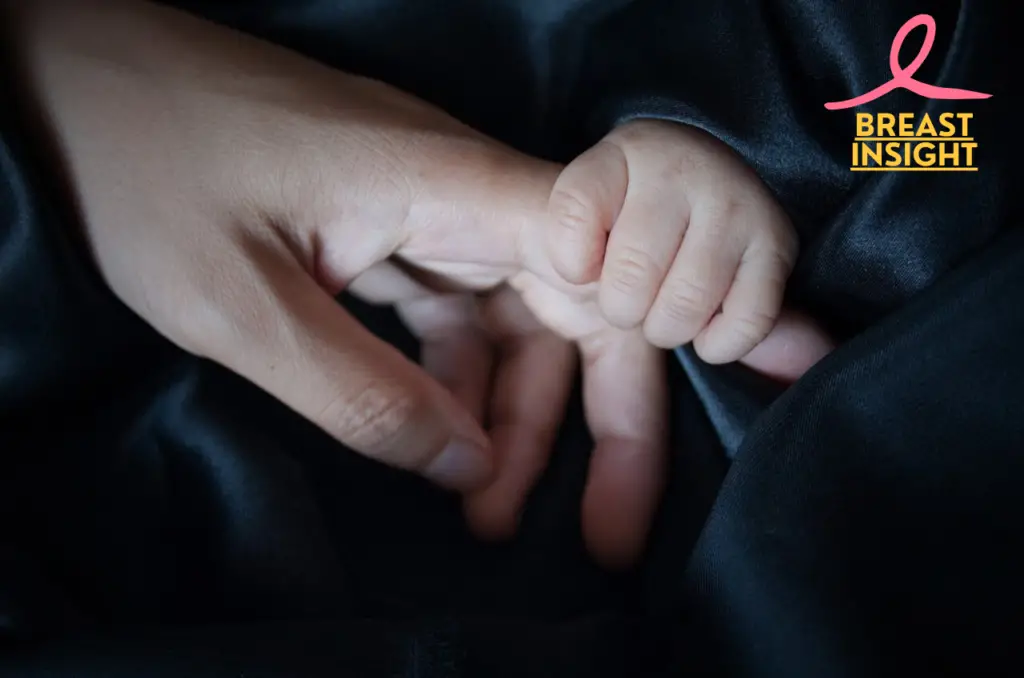
Recovery and Follow-up Care
Post-treatment Monitoring
After completing treatment for stage 0 breast cancer, regular monitoring becomes essential. A typical follow-up schedule includes:
- Regular physical checkup every 3-6 months during the first year
- Starting 6-12 months postoperatively, annual mammograms
- Regular monthly self-breast examinations
- Annual clinical breast examinations twice
Lifestyle Changes
Implementing targeted lifestyle changes can profoundly enhance recovery and diminish the likelihood of recurrence:
| Lifestyle Factor | Recommended Changes |
| Diet | High-fiber, low-fat diet rich in vegetables |
| Exercise | 150 minutes of moderate activity weekly |
| Weight | Maintain healthy BMI |
| Alcohol | Limit or avoid consumption |
| Stress | Practice stress-reduction techniques |
Support Resources
There are many recovery support systems that can be used:
- Professional counseling service
- Breast Cancer Support Groups
- Online forums and communities
Educational resources through organizations such as:
Good recovery of stage 0 breast cancer, involves not just physical healing but also emotional well-being. The prognosis is generally excellent although proper follow-up care is essential for the early detection of any changes. Incorporating regular self-breast examinations can empower you to stay vigilant. Learn the steps of breast self-examination to ensure you stay proactive about your breast health. Maintaining regular contact with your healthcare team ensures optimal recovery outcomes.
Armed with a solid recovery plan, let us delve into the promising prognosis and survival rates for those diagnosed with stage 0 breast cancer.

Prognosis and Survival Rates
Statistical Outlook
So, stage 0 breast cancer leads to an excellent prognosis with perfect survival rate of almost 100% within 5 years, if treated properly. Studies confirm that women diagnosed with stage 0 breast cancer survive nearly their entire lifespan like women who never had that disease.
Factors Influencing Prognosis
Many critical factors affect the prognosis of stage 0 breast cancer:
- Nuclear grade of the cancer cells
- The dimensions of the affected area
- Hormone receptor status
- Age at diagnosis
- Treatment method selected
| Factor | Better Prognosis | Less Favorable Prognosis |
| Nuclear Grade | Low-grade cells | High-grade cells |
| Size | Small area | Extensive involvement |
| Hormone Status | Positive | Negative |
Risk of Recurrence
The recurrence of stage 0 breast cancer is influenced by both the treatment and the context of the individual. Without treatment, approximately 30-50% of DCIS may progress to invasive breast cancer. For that reason, however, with appropriate treatment:
- 5-year recurrence rate: 1-3%
- 10-year recurrence rate: 7-10%
Risk factors for recurrence include:
- Early age at diagnosis
- High-grade DCIS
- Positive or close margins after surgery
While treatments like radiation therapy can reduce the risk of recurrence, they may also come with side effects. It’s essential to understand these potential effects as part of your decision-making process. Explore the real side effects of radiation therapy to be better prepared for what to expect during and after treatment.
Regular follow-up visits and mammograms are important in the early detection of any recurrence. Most patients are expected to have an excellent long-term outcome when they are properly monitored and treated under the prescribed treatments.
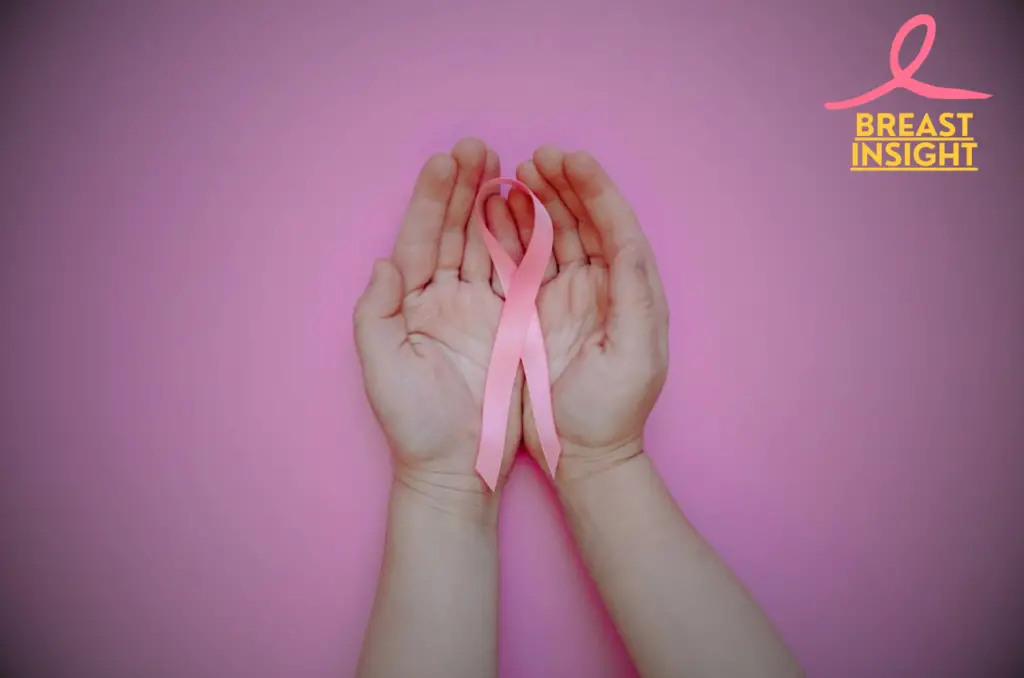
Conclusion
Stage 0 breast cancer, known as the most preliminary and highly treatable variant of the disease, requires urgent attention and appropriate medical care. It is possible for patients to collaborate with their healthcare providers in making effective treatment plans by engaging in regular screenings, utilizing early detection techniques, and familiarizing themselves with various types, such as DCIS and LCIS.
Proactive management of risks, in accordance with prescribed regimens, and regular review and monitoring will ensure that the best results are attained. With a survival rate of nearly 100% and a great prognosis, patients diagnosed with Stage 0 breast cancer can begin their healing journey comfortably, while staying vigilant regarding long-term breast health. Remember, early detection saves lives-make your scheduled breast cancer screenings and stay informed about your breast health.
Frequently Asked Questions (FAQs)
What is Stage 0 breast cancer and how is it different from other stages?
Stage 0 breast cancers, also known as Ductal Carcinoma In Situ (DCIS), is a non-invasive form of cancer in which abnormal cells are localized within the ducts of the breast and have not extended to the neighboring tissues. In other words, the cancer has not invaded neighboring tissue and can be effectively treated with a good prognosis.
What are the treatment options for Stage 0 breast cancer?
The treatment options for the stage 0 breast cancers usually include:
Surgery: Depending on the size of DCIS, lumpectomy or mastectomy.
Radiation Therapy: Commonly advised following lumpectomy to minimize recurrence probability.
Hormonal Therapy: They may prescribe you drugs like Tamoxifen to reduce the risk of developing invasive cancer.
Observation: In some situation, observation only might be necessary.
What are the risk factors for developing Stage 0 breast cancer?
Risk factors for Stage 0 breast cancer include:
Genetic Factors: Mutations in the genes BRCA1 and BRCA2 greatly raise the risk.
Hormonal Factors: Breast cancer develops by prolonged exposure to estrogen.
Family History: Women with a known family history of breast cancer have risk going up.
Lifestyle Choices: Obesity, alcohol consumption, and a sedentary lifestyle are some other factors.
What is the prognosis for patients diagnosed with Stage 0 breast cancer?
Stage 0 breast cancer patients usually possess a very good prognosis. The silver lining for this diagnosis, as the American Cancer Society mentions, is that with appropriate treatment and detection, the five-year survival rate for DCIS is nearly 100 percent. Follow-up periods of regular check-ups and effective lifestyle changes enhance the outcome and reduce risk of recurrence.
